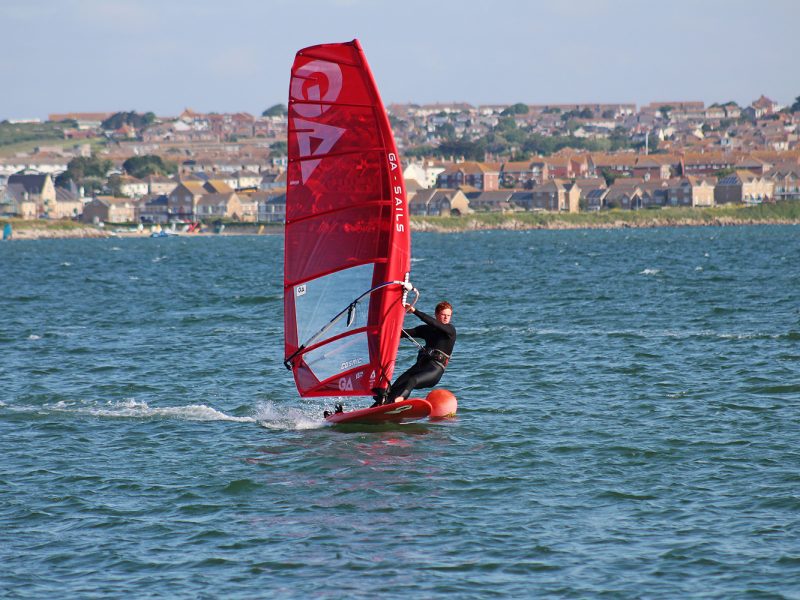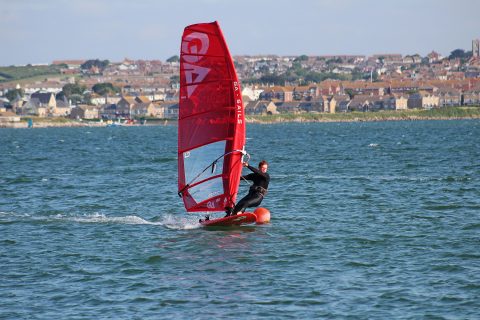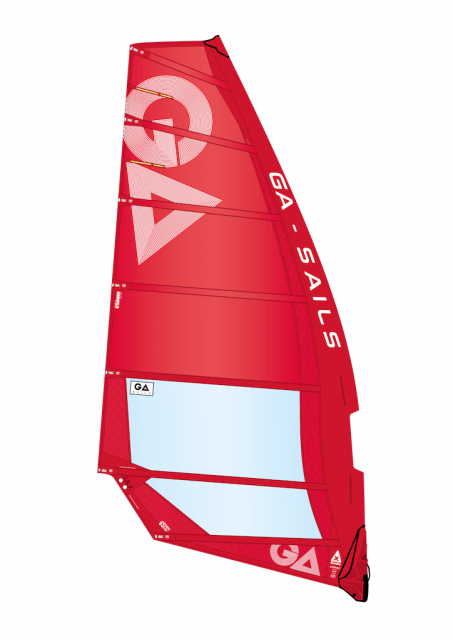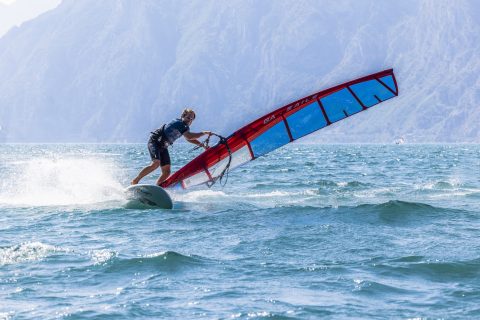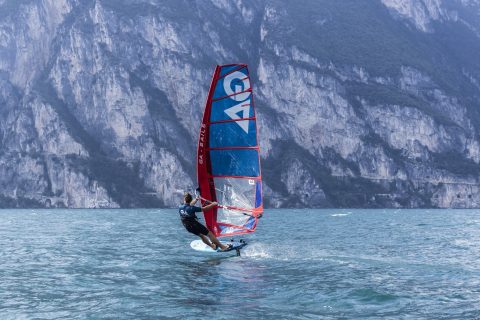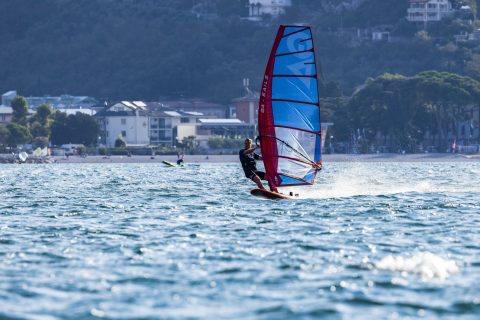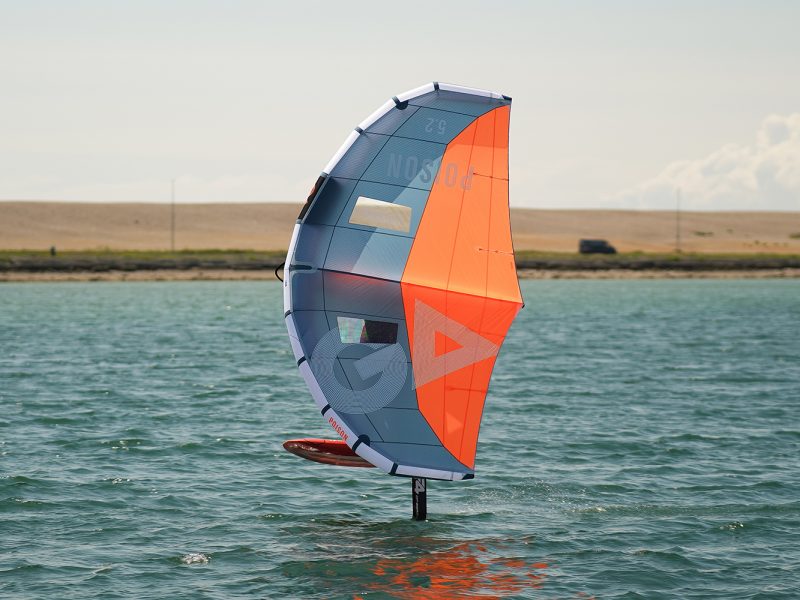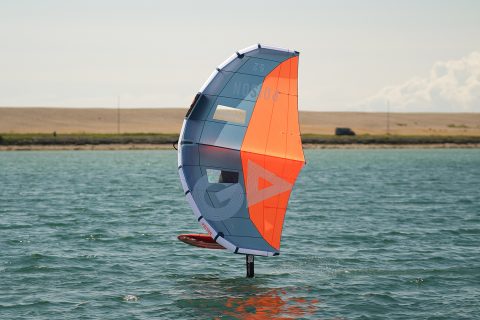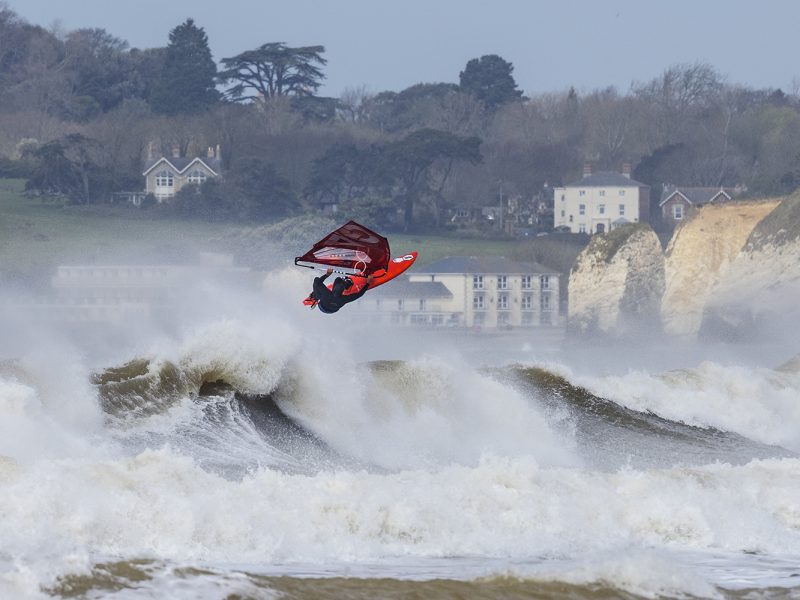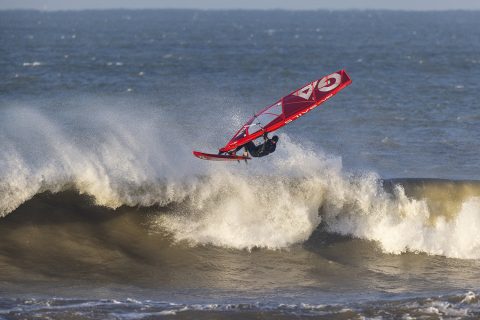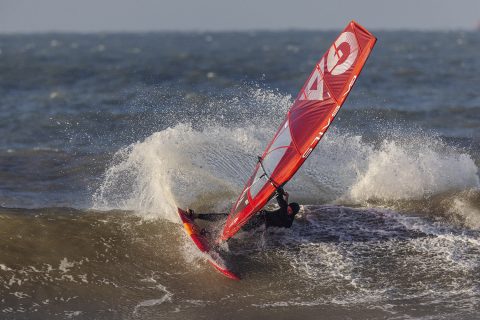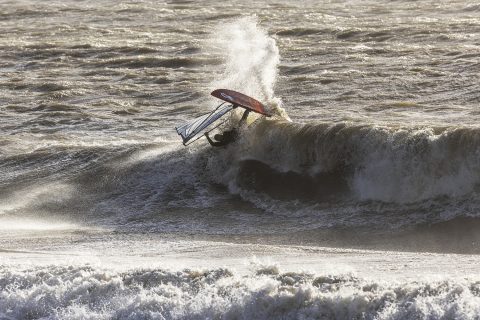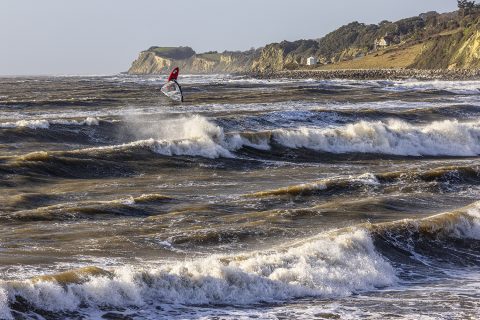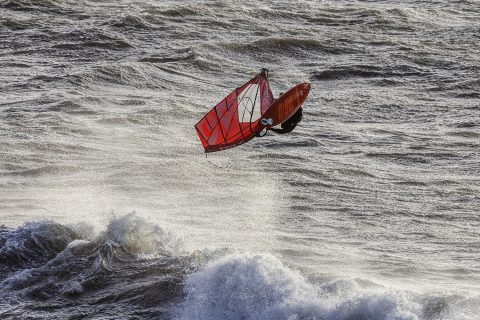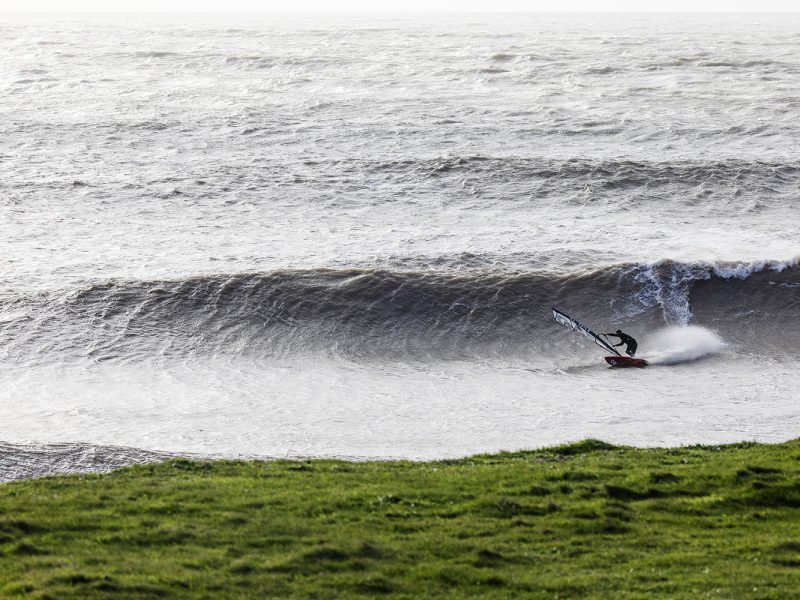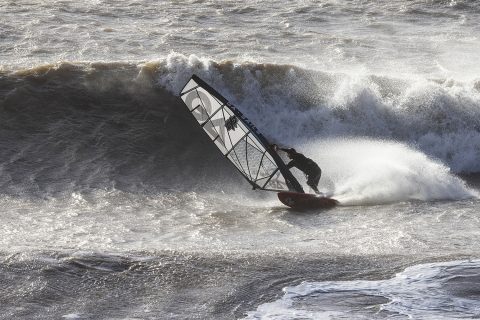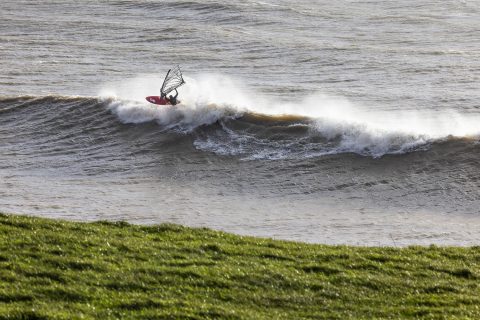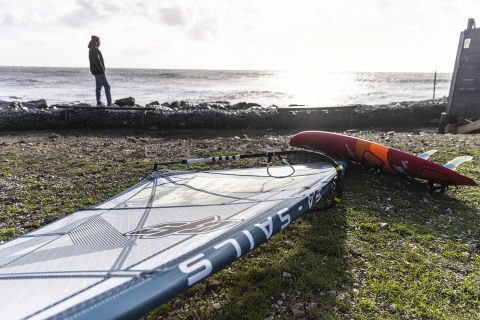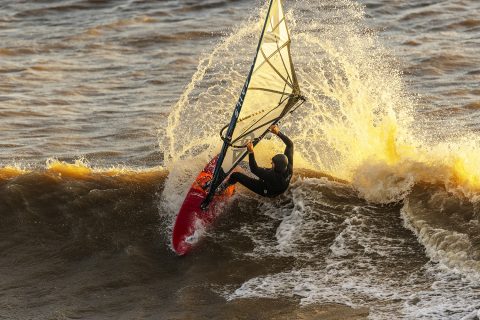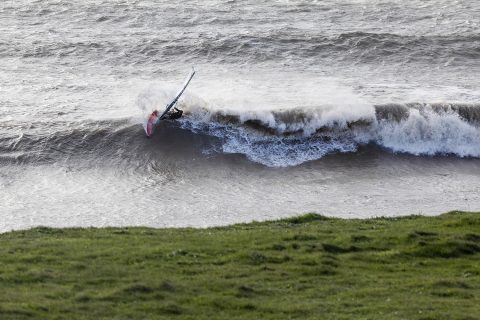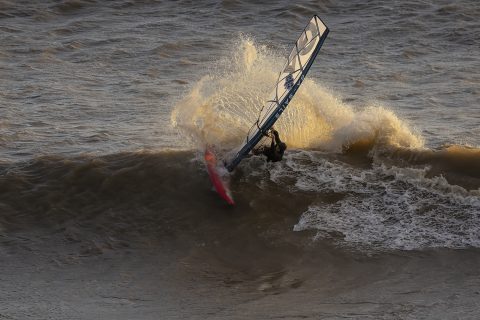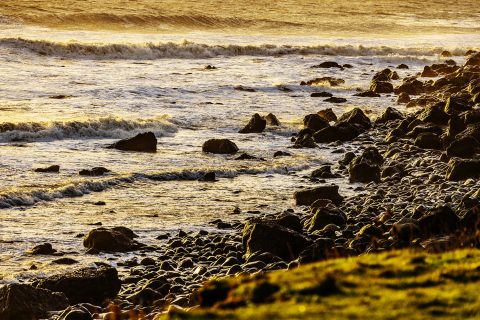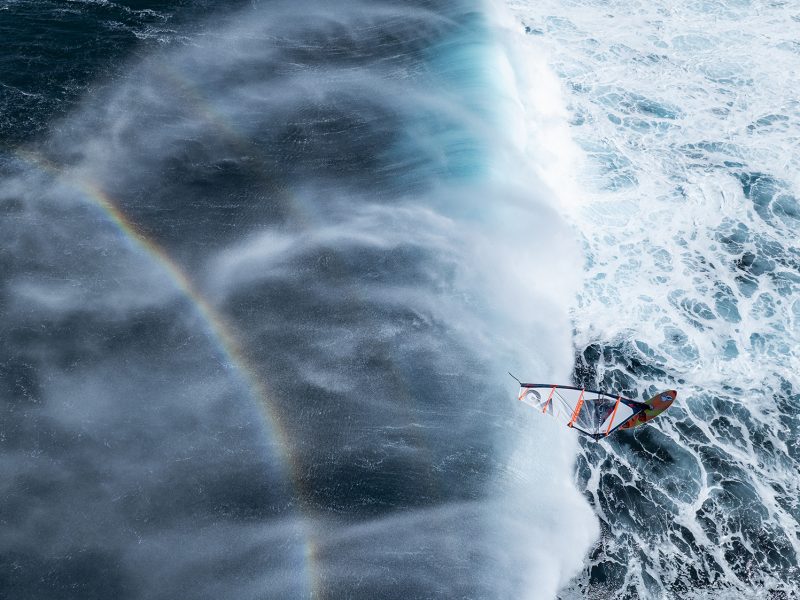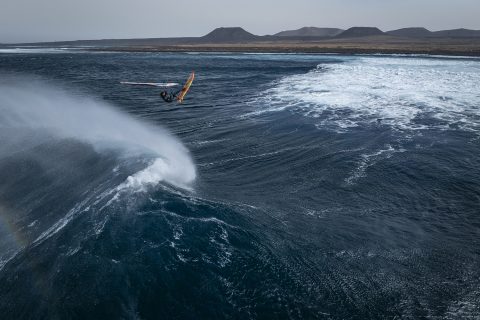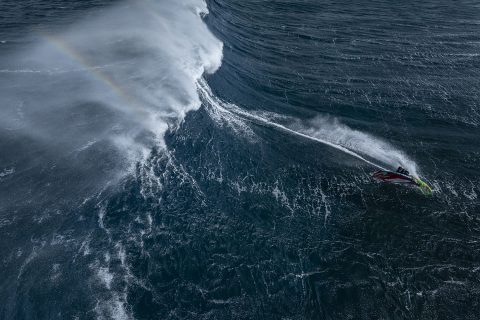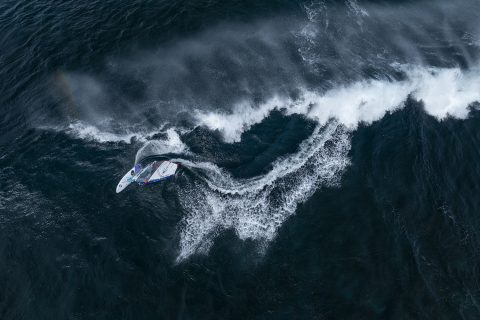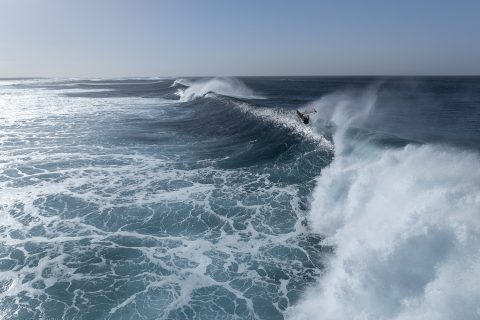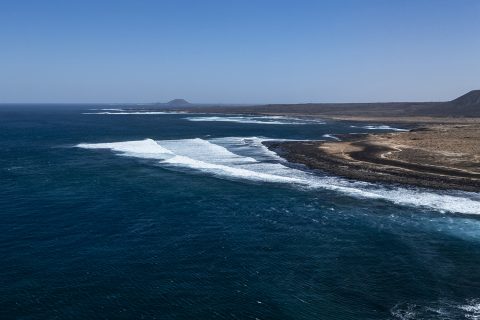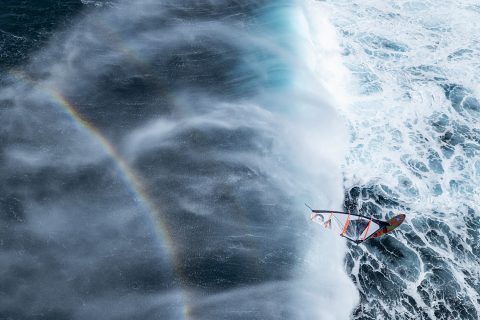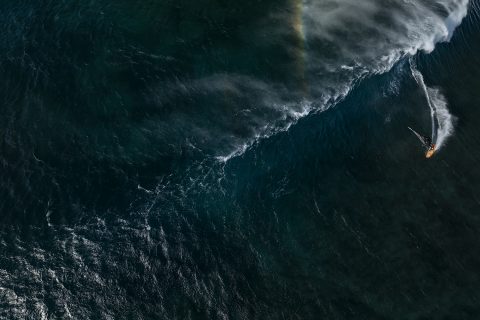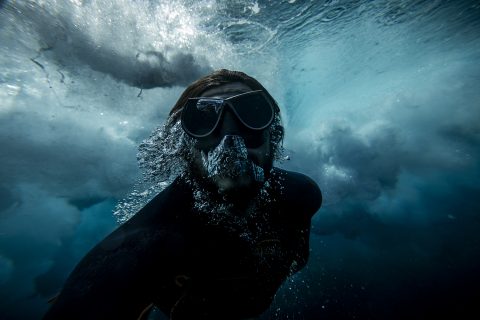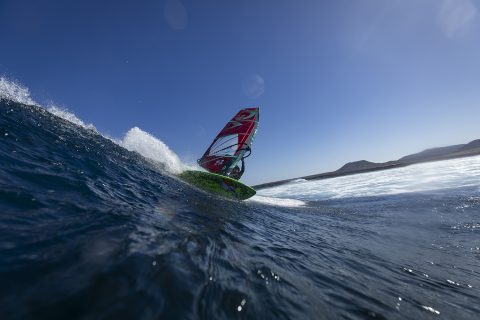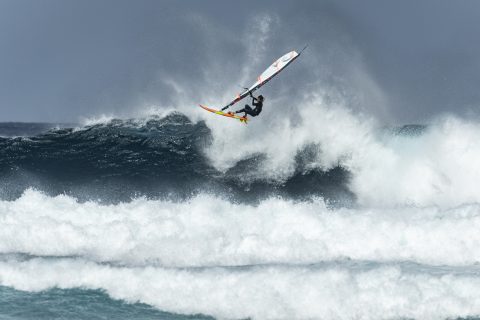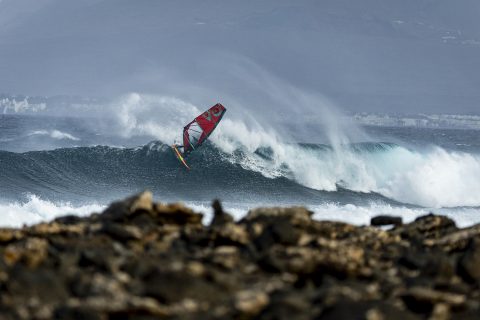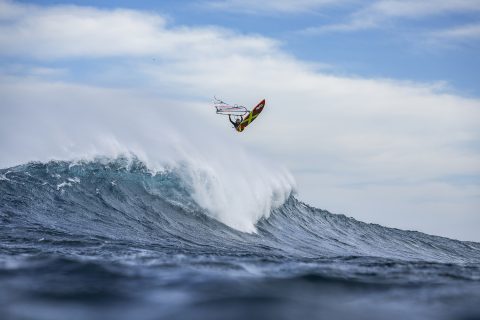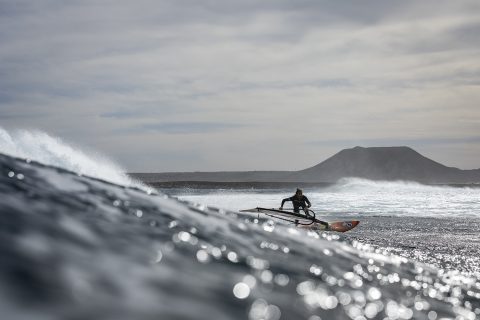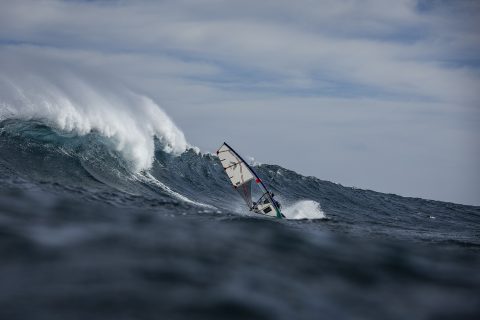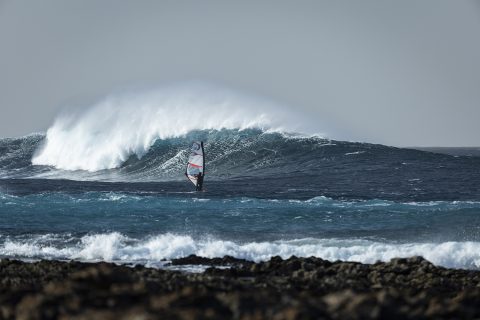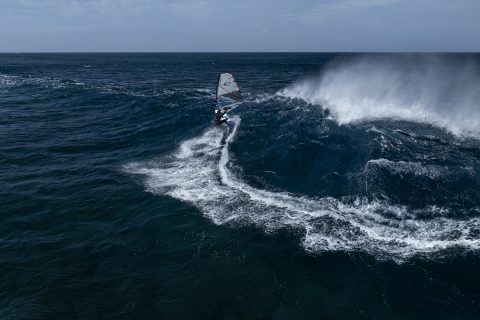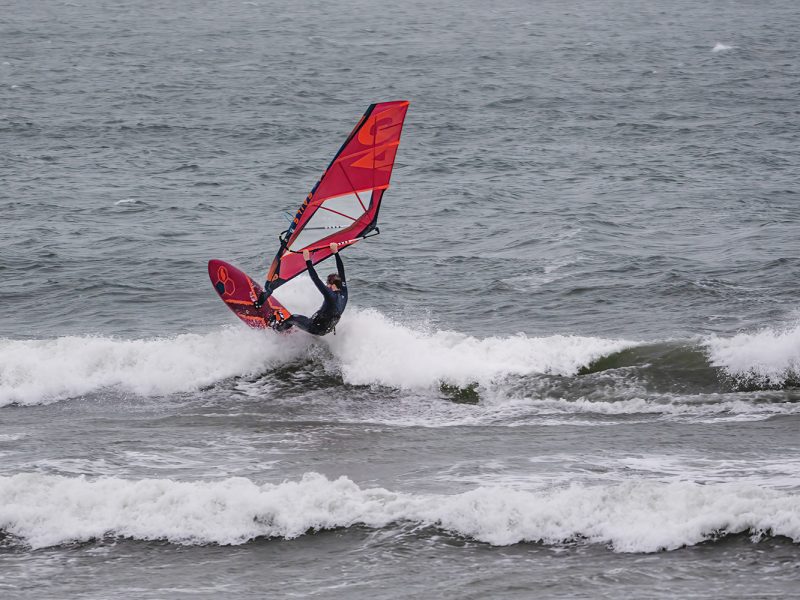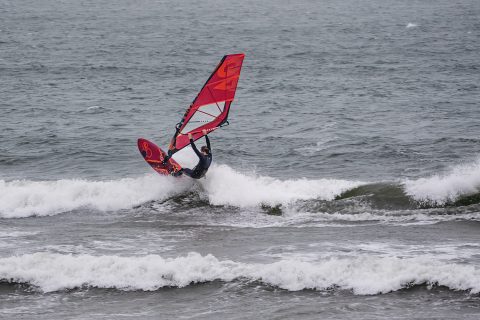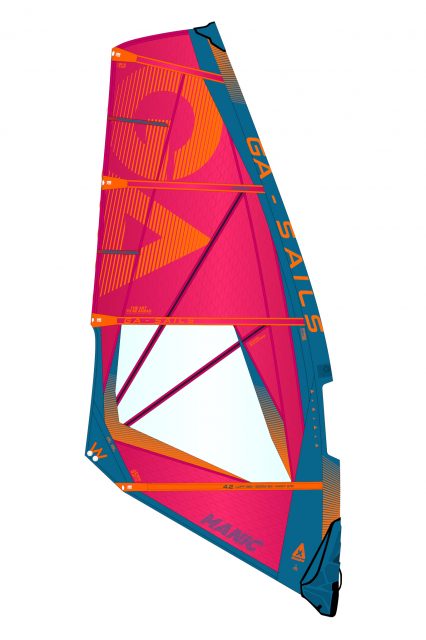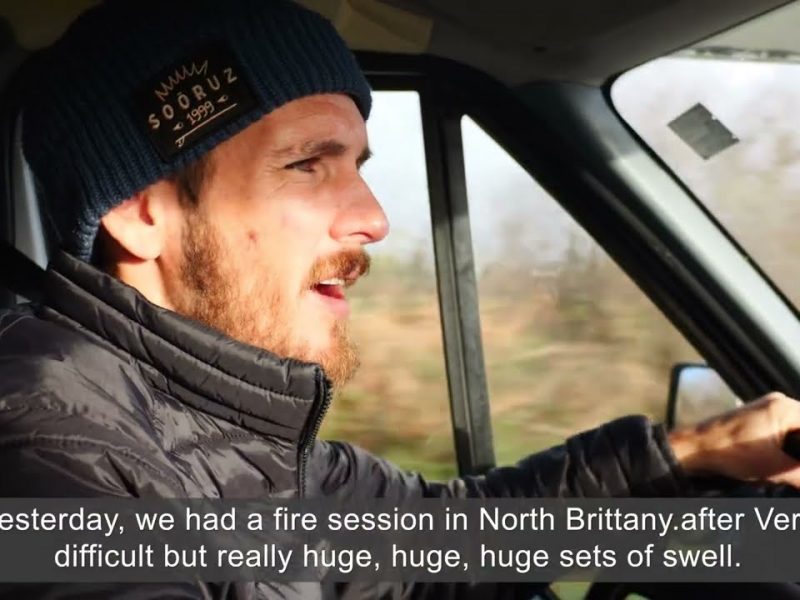CORNWALL: CORNISH CRACKER
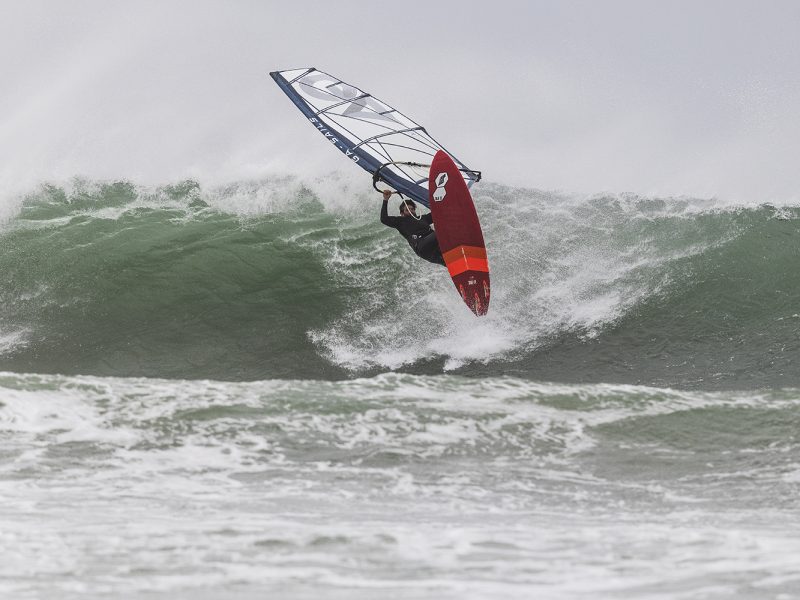
CORNWALL: CORNISH CRACKER
John Carter, Timo Mullen and Ross Williams headed down to Cornwall to chase a solid swell. As you might expect, things didn’t go quite as planned, but they did score some epic UK conditions!
PHOTOS – John Carter // WORDS – John Carter, Timo Mullen and Ross Williams
![Ross drops in]()
John Carter, Timo Mullen and Ross Williams
![Ross drops in]()
John Carter – “I was checking through a Windsurf Magazine article about Marcilio Browne the afternoon before we left for this Cornwall mission. The way he approached his whole year on the PWA world tour was to leave no stone unturned in his bid to win the world title.
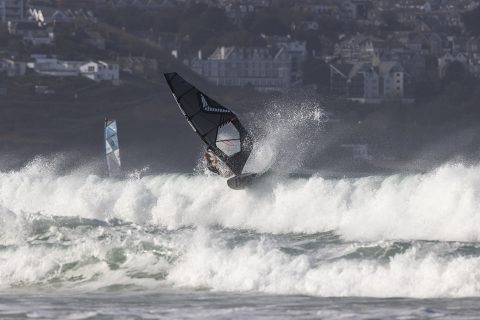
He was prepared in every way possible. If he didn’t win, then at least he could say he had done everything in his power to do his absolute best. He had trained in every possible condition, he was in top physical shape and his equipment was tuned and ready. The rest is history, and he is now PWA wave champion for the second time.
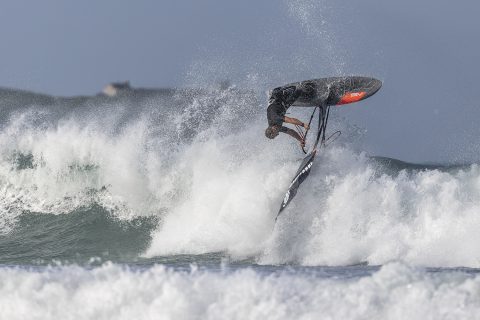
So with Marcilio’s ethos fresh in my mind, I decided to follow his mantra and be totally prepared for this forecast and make sure all of my camera equipment was cleaned, checked, charged and ready. Gear wise, I had packed everything aside from the kitchen sink. As for my peak physical fitness, well that would have to wait for another mission. I even took my tripod apart and got rid of all that old grime and salt that had built up over the season.
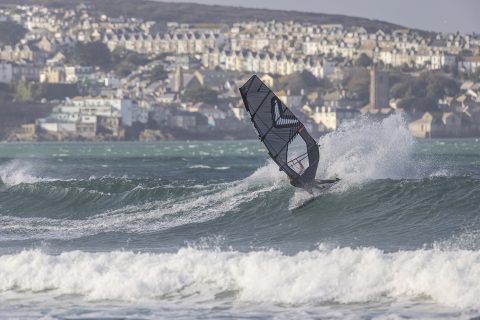
I was bringing a bag dedicated to waterproof clothing, wetsuits and my water housing, as well as my big lens bag, drone, clothes bag, tripod and my main camera bag, which had all the essentials such as memory cards, spare batteries, camera bodies, lenses, cables and chargers.
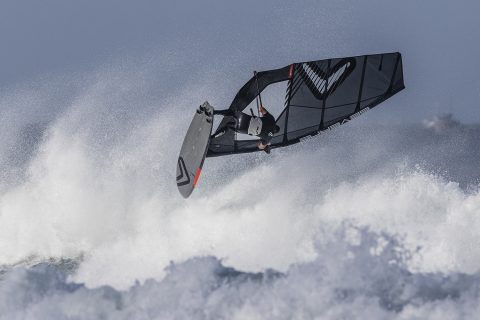
The forecast was really tasty, with two days of solid wind and waves on the menu. An ex-hurricane had moved into the Atlantic and merged with another storm that had formed off the coast of Canada. This low pressure had the intensity of a mid-winter storm and promised two days of XXL waves from Ireland all the way down to Nazaré and beyond.
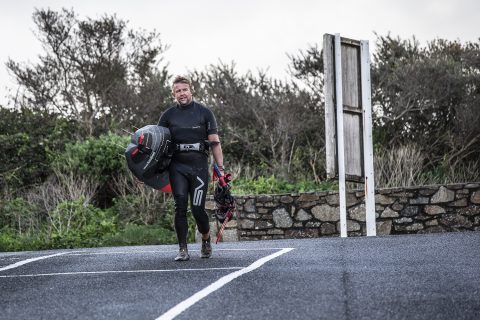
With southwest winds predicted in Cornwall and Timo and Ross both hungry to score some action from the predicted 5-metre swell, we planned a good old-fashioned strike mission to score some classic Gwithian and Hayle conditions.
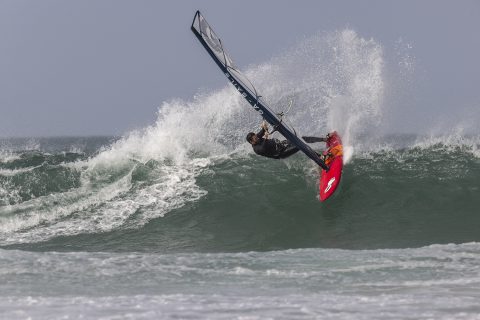
Night mission
Once done cleaning and checking my camera gear, I stacked all my bags in a neat pile in our front room so I would be ready when Ross picked me up at 1 a.m., to catch the 2 a.m. ferry. I was more than ready, just like Brawzinho with two 4.2m sails rigged and two 89-litre quads on the beach in Sylt! Then the plan was to drive four hours straight to Cornwall so we would be at the beach ready for first light. If you know Ross, he does not mince around and always like to be ready at the crack of dawn, just in case the conditions are best. The only light in our front room has not worked for seven years now due to a faulty switch, so when I saw Ross’s headlights outside in the dark at 1 a.m., I was scrabbling around for my bags using the torch on my iPhone. Unbeknown to me my son had moved some of my neatly stacked bags, so he could set up a cosy seating position in front of his Xbox.
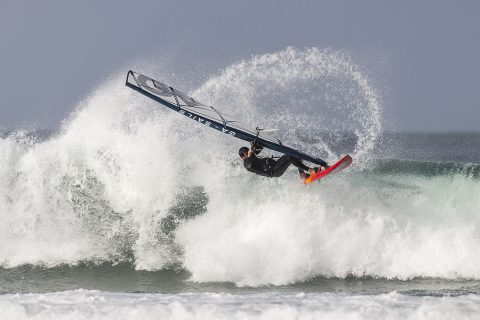
Ross’s van had broken down on the way back from a recent trip to Scotland, so he was trying to cram as much gear as possible into his wife’s car. We loaded up in the dark in the muddy lane outside my house in the pouring rain. It was miserable and cold. I just about managed to squeeze my bags in the back amongst a plethora of windsurf, wing and foil gear and was glad to escape the miserable rain. I was relegated to sit in the back seat as all the boards, masts and sails were inside. It wasn’t going to be the most comfortable journey, but we were both so excited to get to Cornwall and see this massive swell, that the comfort level didn’t really matter.
It wasn’t until we were about halfway to Cornwall at about 4 a.m., way beyond the point of no return, that I suddenly had one of those horrible gut feelings. Despite loading four or five bags of equipment into the car, it suddenly dawned on me that one vital bag was missing. The thought just came to me from nowhere a bit like when you have lost something for ages, and then out of the blue it comes to you.
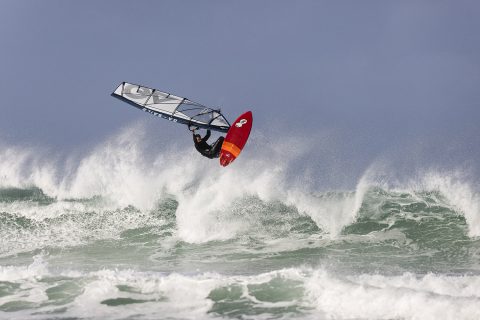
Panic
Ross was happily driving, totally unaware of my sudden state of panic. I like to think of myself as a little bit professional at least, and this time round I had actually taken extra care to be totally prepared for this trip. But the one bag that was back at home, that my beloved son had moved to the corner of my front room, contained all my batteries, spare lenses, memory cards and chargers…basically every essential item that I needed for this trip. I had my big lens with me I knew that at least, but wasn’t even sure if I had a memory card or battery in the camera.

I also had an old camera which fits in my water housing with a lens, so maybe there was a glimmer of hope there. So, before I broke the news to Ross that he was bringing along a photographer without any gear, I spent ten minutes trying to reach into the boot of the car to see how bad the damage was. Luckily the camera on my big lens had a memory card and a battery, so at least I could shoot for the day. That was a relief, but I was still cursing myself. I broke the news to Ross, who didn’t seem too impressed.
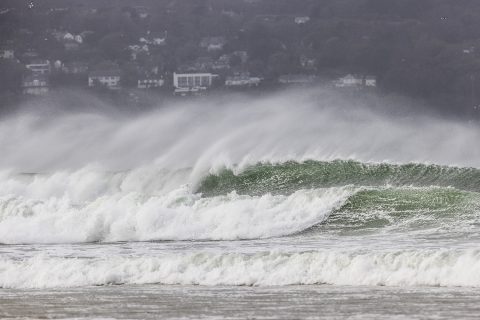
So, the next few hours were spent in a panic, figuring out how I could charge my one battery and possibly acquire another memory card. So much for my Marcilio Browne philosophy! My wife has been nagging at me for seven years to get that light switch fixed and if I had listened, I’d probably have spotted the bag. I was angry with myself, but now had a new challenge to capture the next two days with minimal equipment.
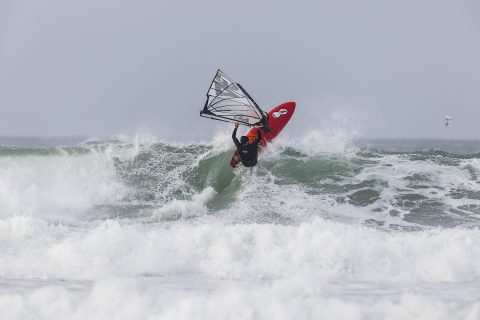
The plan was to meet Timo in the morning at the Bluff to catch the incoming tide. We were staying overnight, sailing all the next day and then would head home once the action was done and dusted. All of us had had a busy year one way or another, so we were looking forward to a lad’s trip, some good old banter, a few beers and of course experiencing what Mother Nature was going to throw our way. Windsurf trips at the end of the day should be all about having fun, so I decided even though it had started badly, I wasn’t going to make this minor hindrance ruin things completely.
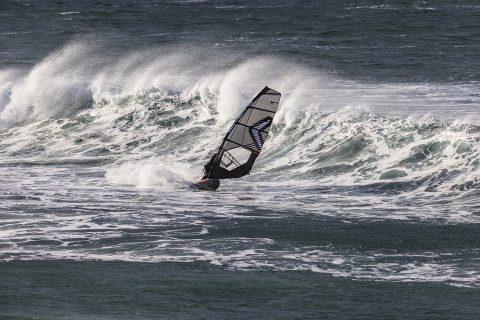
The Bluff
Regardless of the forecast for Cornwall in the winter, you have to be prepared for anything. It was supposed to be 30 knots in the morning and lo and behold it was totally calm. In fact, there was absolutely perfect surf without a breath of wind. The waves were pumping. Of course we didn’t have room for surfboards so were watching the locals score with envy. But then at the click of a finger, that window of pristine surf passed, and the wind kicked in. As luck would have it, there was a German photographer in the car park who very kindly offered to lend me a battery. Things were looking up.
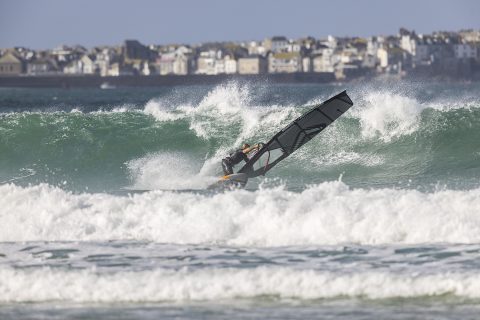
Timo arrived right on cue with the clearing skies and wind. Big long period swells are hard to predict and although it was pumping swell it was not massive. Even so it was a pretty day with blue skies, logo high waves and 20 knots side-offshore wind. My one battery even lasted, and I had figured a way to charge it inside the camera without the charger. Low tide at the Bluff can be heavy as the waves detonate onto the sandbars; the surfers love it because the wave barrels, but for windsurfing, any mistimed hit can be a gear breaker. By late afternoon the tide was right up at the Bluff and most of the local crew were also out sailing. The swell was really starting to fire by now and both Ross and Timo were hitting some heavy sections.
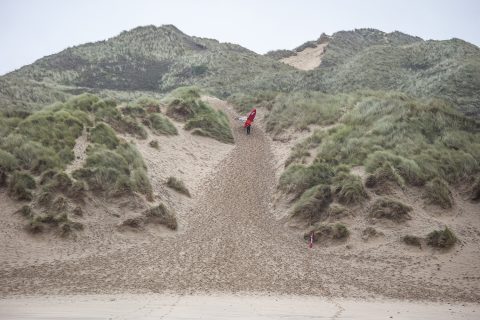
The boys had clocked up a good four or five hours on the water by sunset, so we decided to call it a day and go and grab a beer with Ian Black. That first sip of beer tasted mighty fine, I must say, and we had a good hour or so of classic windsurfing banter before heading into St Ives for some much-needed food. We hit a great bar called ‘Hub’ right on the waterfront and devoured some tacos, once again washed down with a lovely Cornish ale. All in all, it had been a pretty epic day and we still had bigger waves forecast for the next morning. So far, this trip had been just what the doctor ordered!
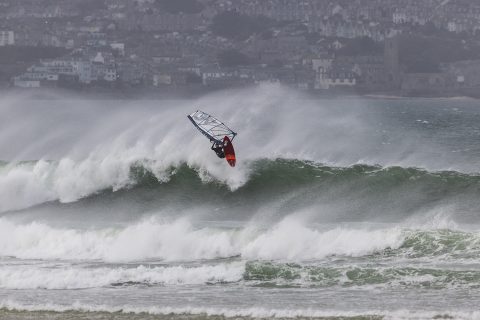
Mexico’s
The second day was a different story. The swell had properly kicked in, but the weather had turned for the worse with cloudy skies and a light drizzle. We opted to sail at Mexico’s (Mexico Towans), where the waves were a bit smaller but a lot cleaner than Gwithian. Ross was first on the water and with the waves hitting the sandbars at low tide it was super heavy. The first wave he dropped into a pit and then as he hit the lip the wave sucked out, causing him to air-drop in front of a bone-crunching mast-high wall of whitewater. On the way back out in the gusty conditions, Ross tried to creep over a breaking wave, but was a split-second too late, sending his body back over the falls, while his rig flew riderless, thirty feet in the air.
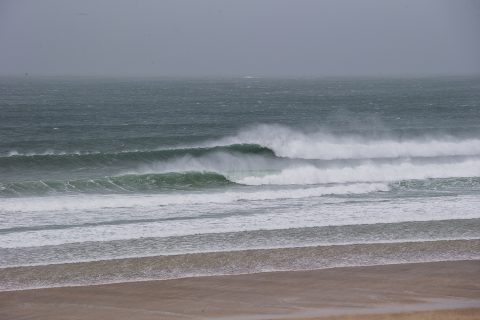
It was carnage out there. Timo was not far behind and ready to face the deluge. The wind was stronger today, with the spray pluming high into the sky on the big sets. Once again it was an action-packed day of big airs, late hits and monster wipeouts. Timo somehow manged to slice his foot on his fin during an early wipeout. The conditions were so good that he decided to sail on for two hours, despite blood pouring from the wound, which later needed ten stitches! Both Ross and Timo sailed right through the tide and scored plenty of epic rides. That walk back up the hill at Mexico’s was a test of stamina, but we made it to the top and rather than beer, we had a lovely coffee and cake from the café in the car park!”
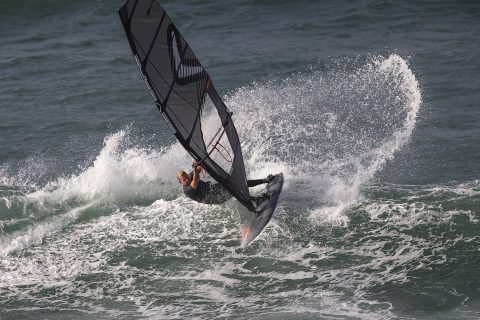
Timo Mullen
“Pre-family, work commitments and all that, myself, Ross and JC all used to do more trips together. These days, especially after Covid, it is really hard to link up our schedules so that we are all available to go on a trip at the same time. I know Ross has been busy with his café all year-round, as well as his work with Gaastra and Tabou.
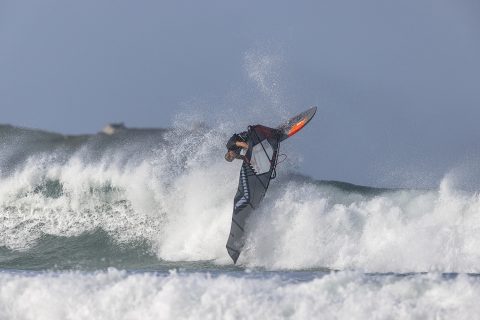
He also lives on the Isle of Wight, along with JC, which is a bit of barrier for travelling. We love sailing the Bluff in Cornwall and this swell in particular had the Bluff written all over it. It was the first proper winter swell of the season. I always enjoy sailing the Bluff with Ross because he is not afraid to hit those low tide spanking barrels! We managed to all hook up and convoy down to Cornwall together and scored pretty epic conditions.
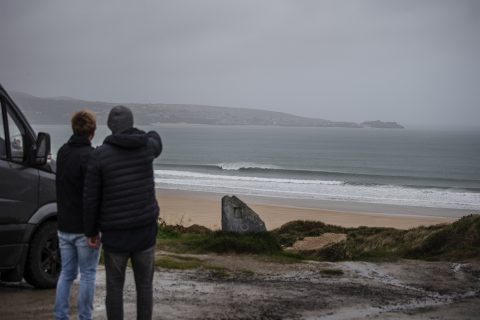
After the days sailing, we headed to St Ives to have a few beers and go over the days sailing. We probably have not done this in five or six years. On the second day, the swell had picked up a little bit more. We checked Gwithian but it looked a bit weird to me, so we went down to Mexico’s where it was a bit smaller, but a lot cleaner.
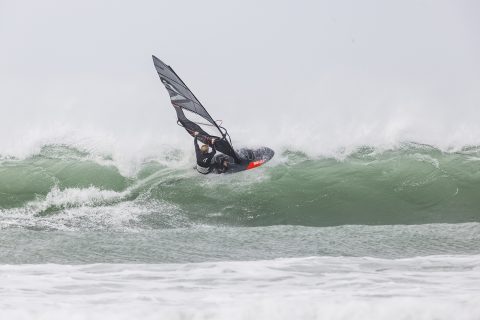
I did not feel any of the waves at Gwithian were ‘hittable’, and for me, it is all about hitting the lip there. Mexico’s is a bit of a one-hit wonder, but that hit can be very decent. It was not busy at all, which is pretty rare these days. We sailed for three and a half hours in perfect cross-off conditions and a great size, just under mast high.
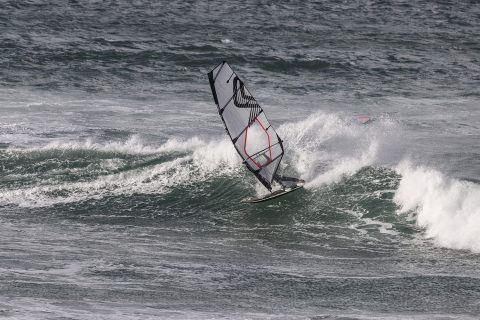
Sliced
Early in the session, I got stuck on the inside and tried to push my gear over the wave. It was just too big a wave unfortunately though and spat the gear straight back at me. I tried to duck under my gear to avoid it hitting me, but the fins just sliced my foot open as the gear went past. I didn’t think anything of it, but the fins had actually sliced my foot open.
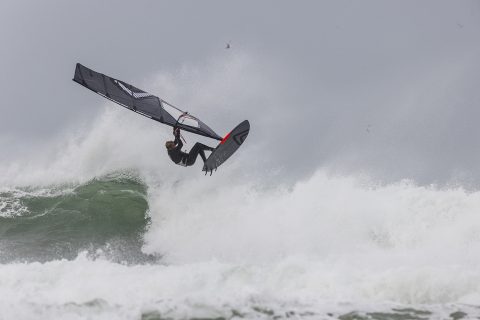
The water was cold, my adrenaline was pumping and I didn’t feel much pain until I looked down and saw bold gushing out of the cut. I managed to sail another few hours as I knew there was not much I could do about it. I ended up in hospital that evening and had fourteen stitches! That was an injury to remember the day by!”
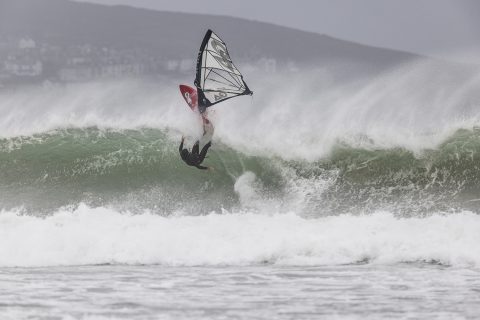
Ross Williams
“I had not seen Timo in years. I have been stuck at home grinding out a new lifestyle for myself with our café. It is always a pleasure to go down and sail in Cornwall and it did not disappoint. It was nice to get on the tools again and clock up a solid few sessions. The first day was pretty decent, but the next morning we scored amazing conditions. The second day was almost too good for the limited amount of sailing I had done up to that point in the winter. I was on the new 2023 GA IQ wave sail and the 2023 Tabou Da Curve 88-litre board. That worked out perfect, as they were the only new board and sail I had at the time!
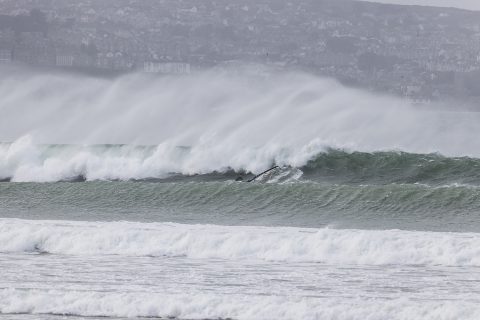
Carter forgot most of his camera equipment, so we were down to shooting with one camera, one battery and one memory card. Somehow he made it work. He had to adapt. You would think that he would be more prepared!
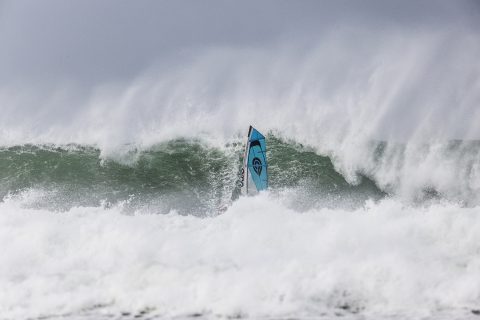
The second morning was intense. I wished we had been there a little earlier. It was sucking and heavy. It was almost intimidating to get back into the swing of things after going from mushy waves at home to sailing a logo-high barrelling beach break. That took a bit of adjustment. I had to figure out how to hit those lips.
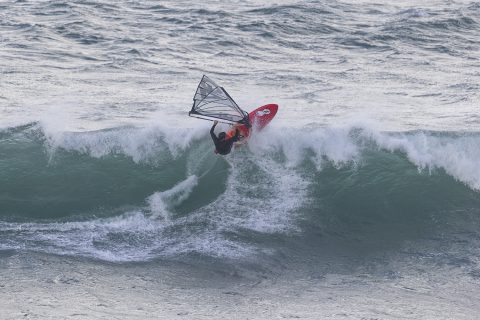
I soon found out that the more you hold back, then the more likely it is that you will get your timing wrong. It is better just to go for it and smack the lip. It is sand after all, and you get washed in, so it is no big deal!”
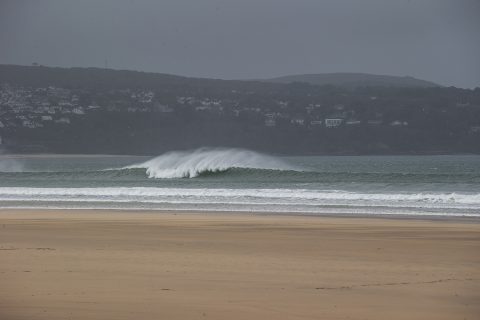
The post CORNWALL: CORNISH CRACKER appeared first on Windsurf Magazine.



















